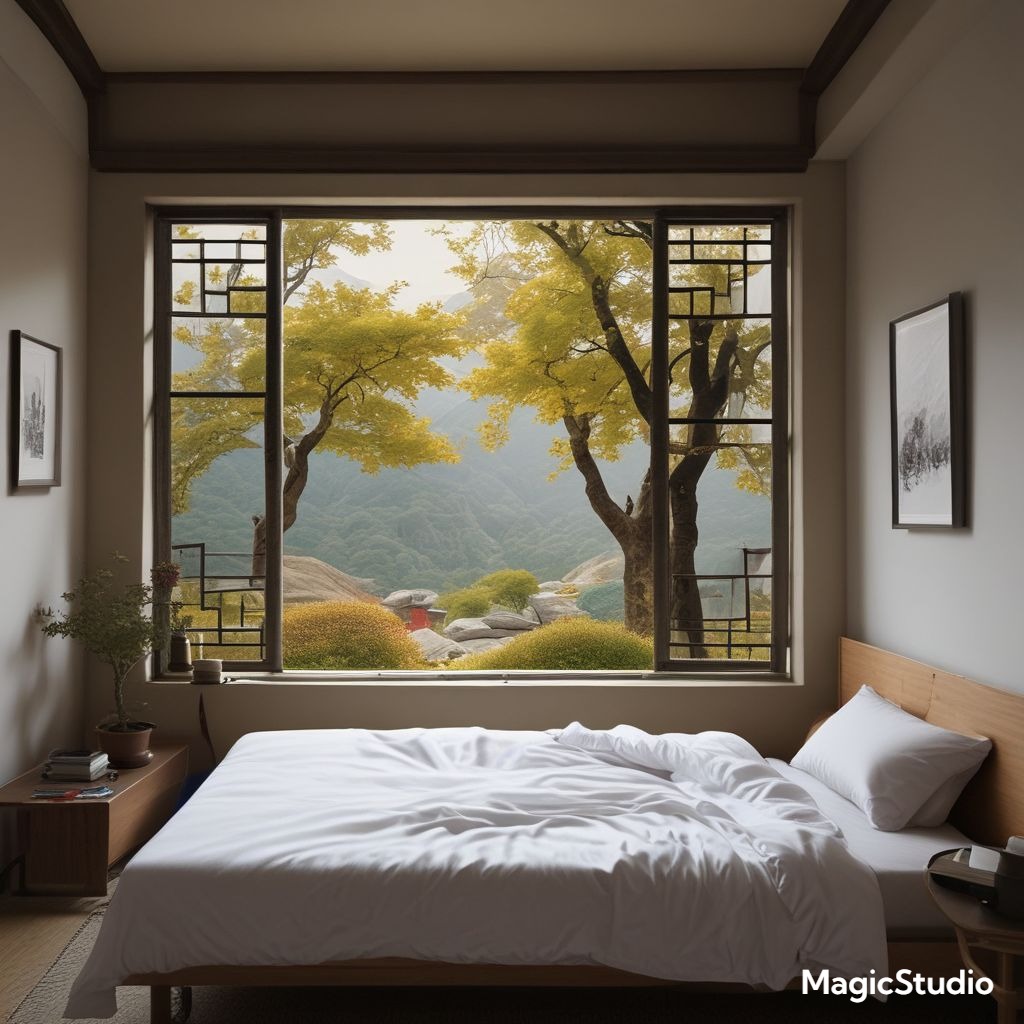Designing a Korean bedroom is about more than just aesthetics—it’s about creating a space that embodies the spirit of comfort, harmony, and beauty. The latest trends in Korean bedroom wall decor are merging traditional elements with contemporary styles, resulting in interiors that are both sophisticated and inviting. Whether you’re drawn to the elegance of minimalist design, the vibrancy of bold colors, or the warmth of natural textures, there’s a Korean bedroom aesthetic waiting to be discovered.
Minimalist White and Wood
This timeless combination captures the essence of Korean design: simplicity, functionality, and a touch of natural warmth. The clean lines of white walls create a sense of spaciousness, while the introduction of wood accents in the form of a headboard, shelves, or a minimalist wooden frame adds a touch of warmth and texture. Consider incorporating woven bamboo blinds for a subtle touch of traditional Korean charm. This aesthetic is particularly popular in the US and EU, where minimalist interiors are highly valued.
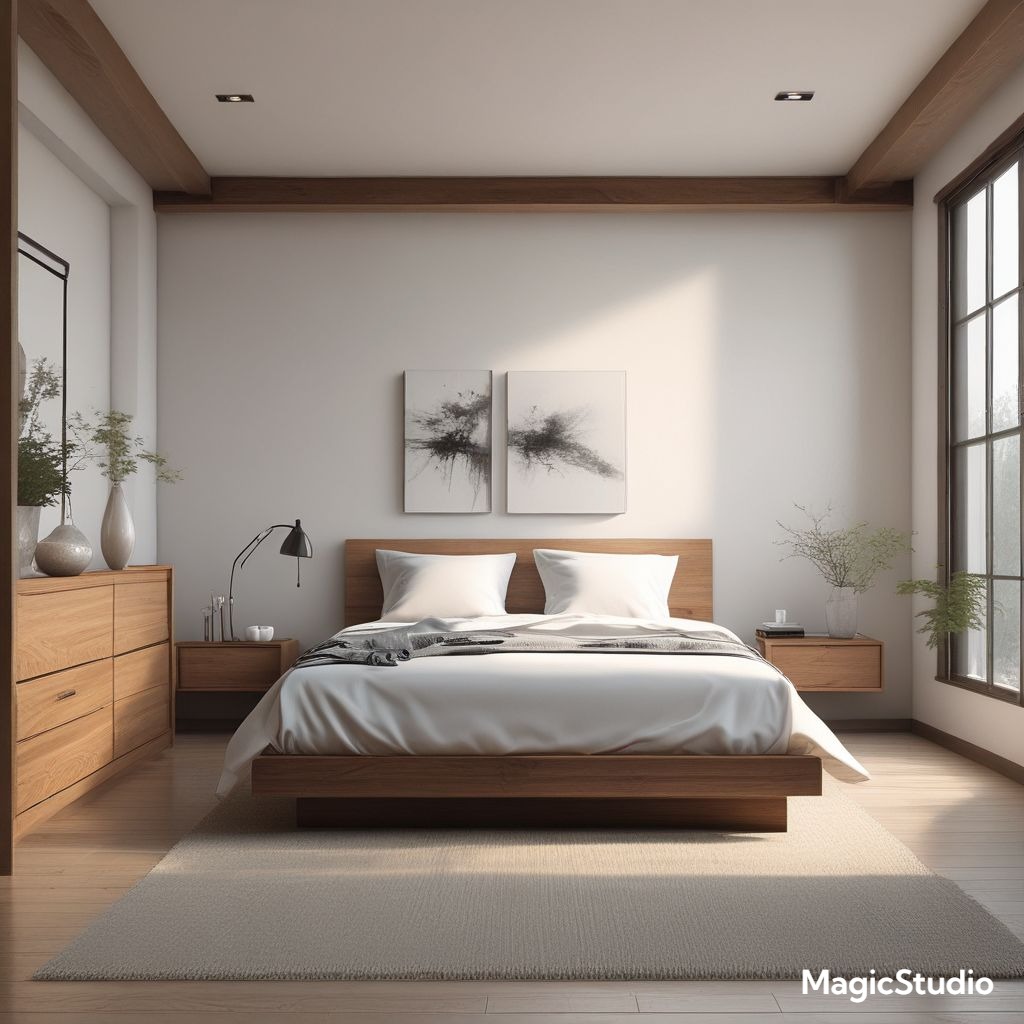
Serene Blue and White
Inspired by the serenity of the Korean countryside, this color scheme evokes feelings of tranquility and peace. Soft blues, reminiscent of the sky and the ocean, are paired with crisp white walls, creating a calming and inviting atmosphere. Introduce elements of nature, such as dried flowers or botanical prints, to further enhance the serene ambiance. This aesthetic resonates with those seeking a haven of calm and relaxation, reflecting the growing trend towards biophilic design in both the US and EU.
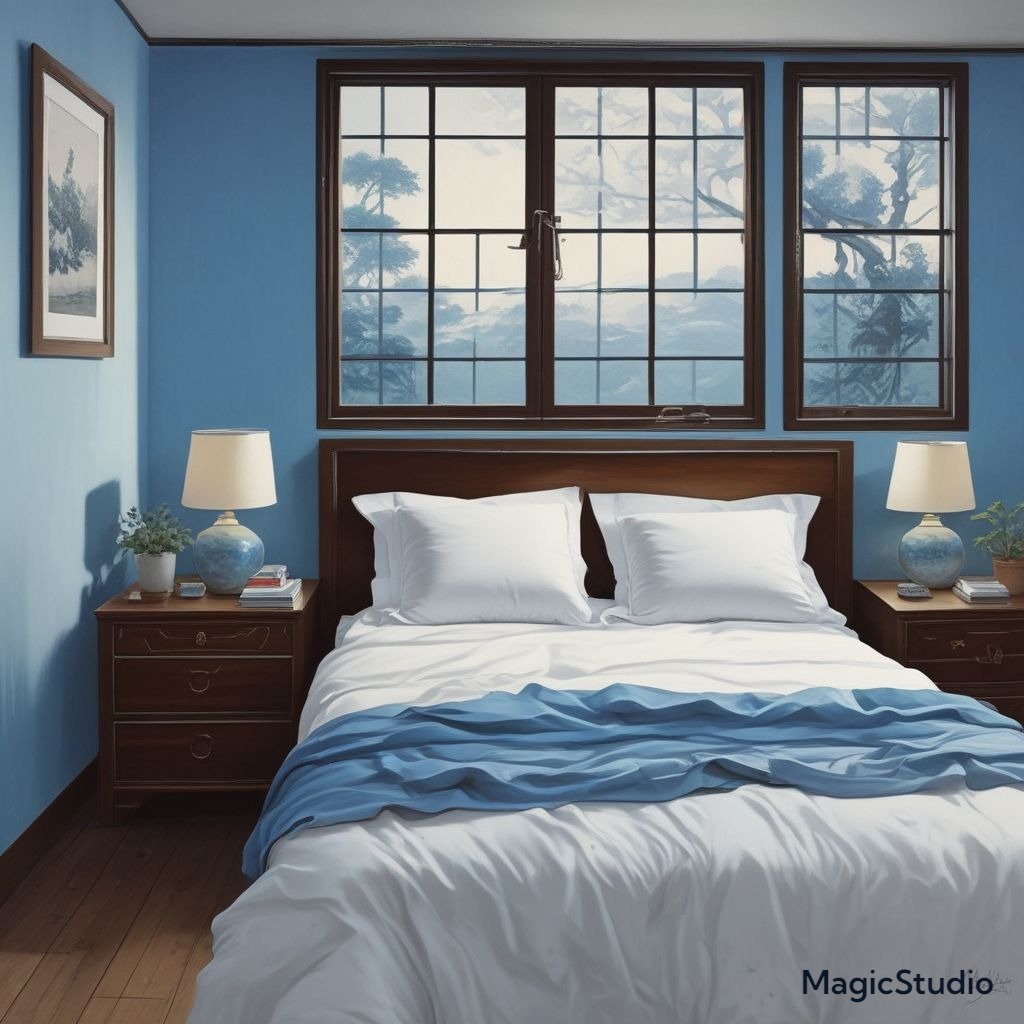
Bold Peach and Teal
For those seeking a more vibrant and playful aesthetic, this unexpected color combination is a delightful choice. The warmth of peach, often associated with Korean culture and cuisine, is beautifully balanced by the cool and calming teal, creating a visually striking contrast. This vibrant palette can be incorporated through wall art, bedding, or even a statement piece of furniture, injecting a dose of personality into the space. The playful nature of this combination aligns with the increasing preference for bright, expressive interiors in both the US and EU.
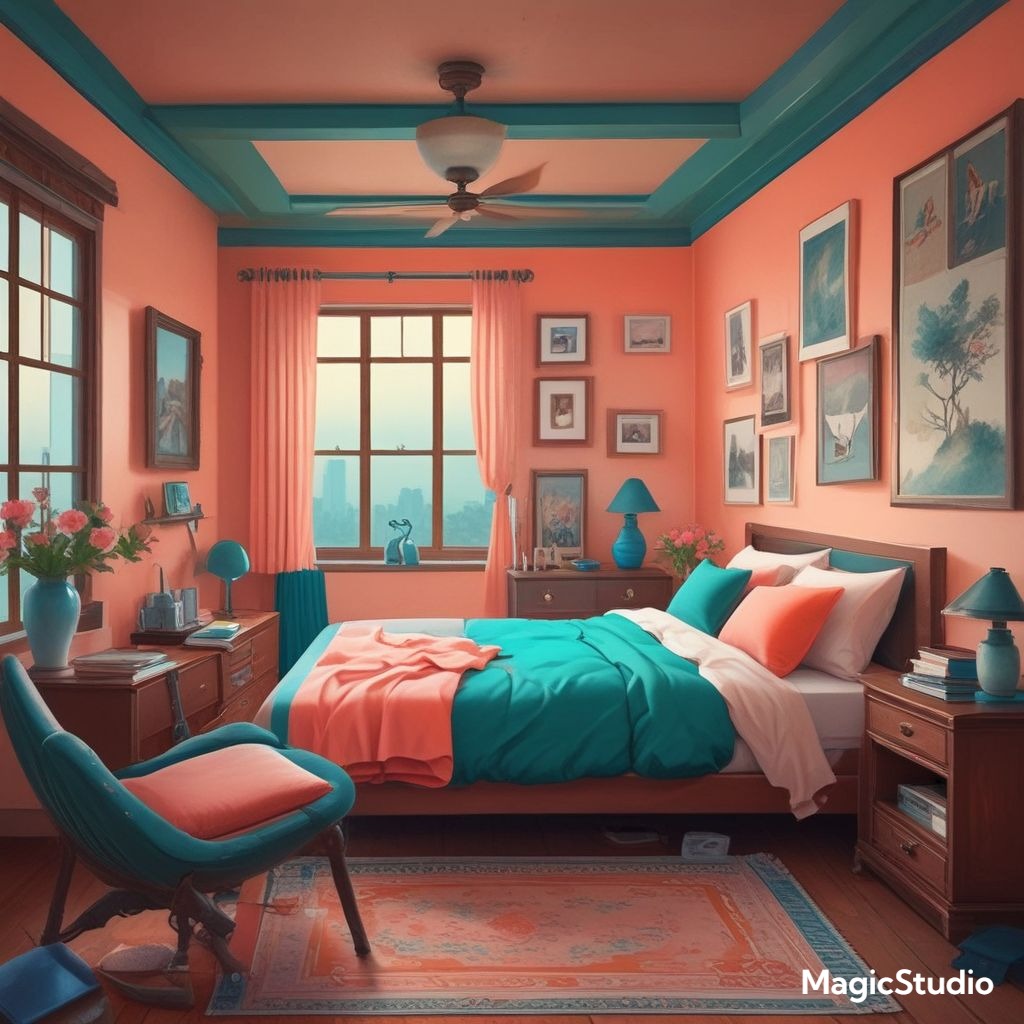
Earthy Green and Terracotta
This natural and grounding color palette draws inspiration from the rich landscapes of Korea. Earthy greens, reminiscent of lush forests and verdant fields, are paired with the warm and inviting tones of terracotta. This color scheme is particularly well-suited for creating a cozy and welcoming atmosphere, as it evokes feelings of connection to nature. Consider incorporating natural elements such as woven baskets, wooden furniture, and plants to enhance the earthy ambiance. This trend towards biophilic design is becoming increasingly popular in both the US and EU.
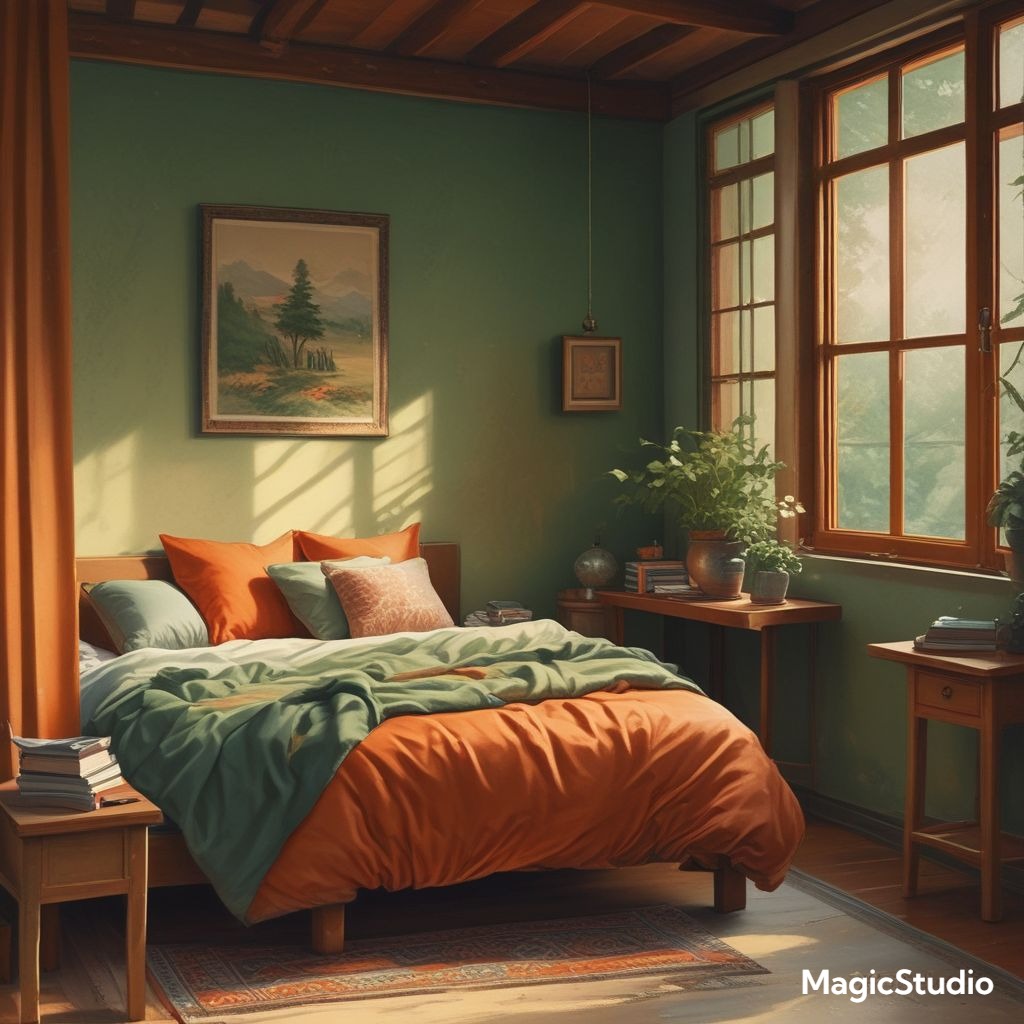
Modern Black and White
This classic color combination brings a touch of modern sophistication to the Korean bedroom. Crisp white walls provide a clean backdrop for striking black accents, such as a geometric headboard, a bold framed print, or a black rug with a geometric pattern. This minimalist and graphic approach resonates with the contemporary design preferences prevalent in both the US and EU.
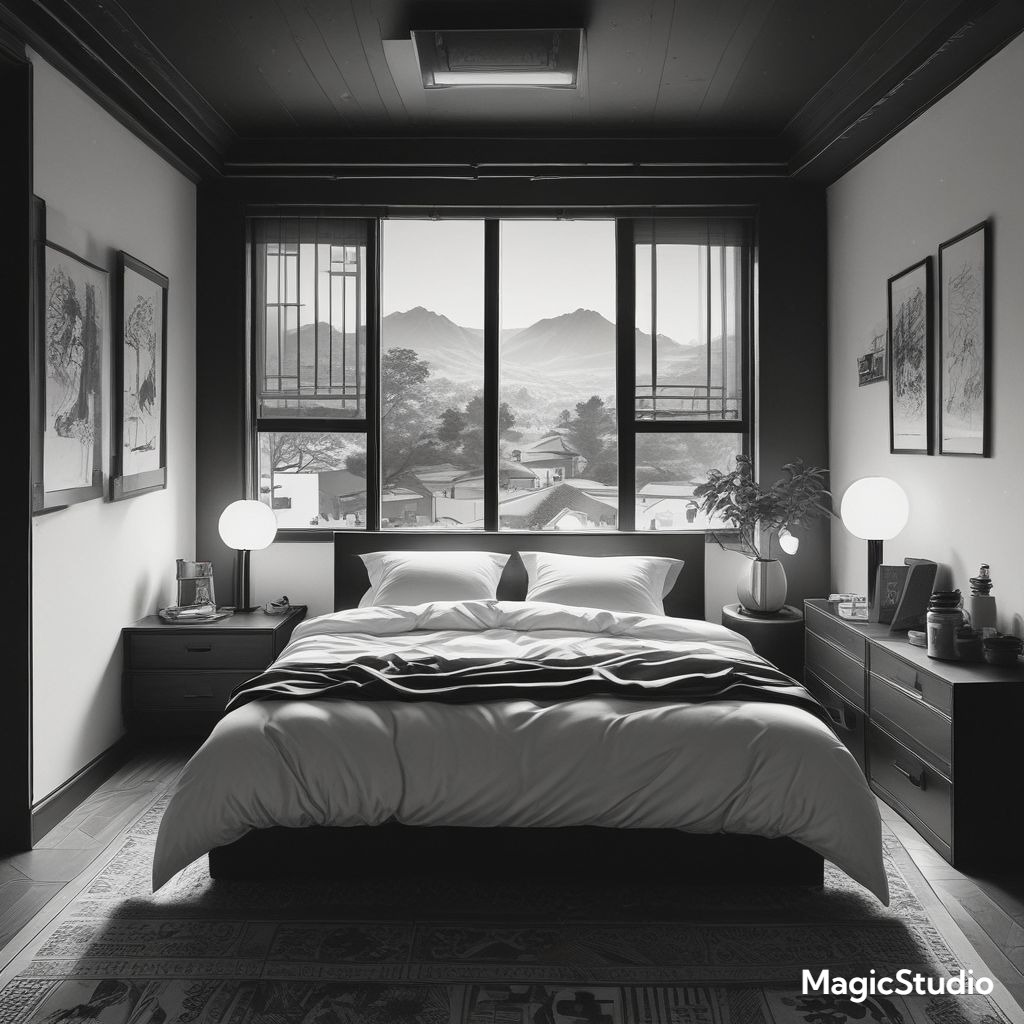
Delicate Floral Motifs
Incorporating delicate floral motifs is a subtle way to introduce a touch of Korean elegance and charm. These motifs can be incorporated through wall murals, printed wallpaper, or even fabric panels. Popular choices include cherry blossoms, hydrangeas, and peonies, each carrying symbolic significance in Korean culture. The delicate nature of these motifs complements the traditional Korean aesthetic, while their delicate beauty aligns with the growing trend for botanical prints and patterns in both the US and EU.
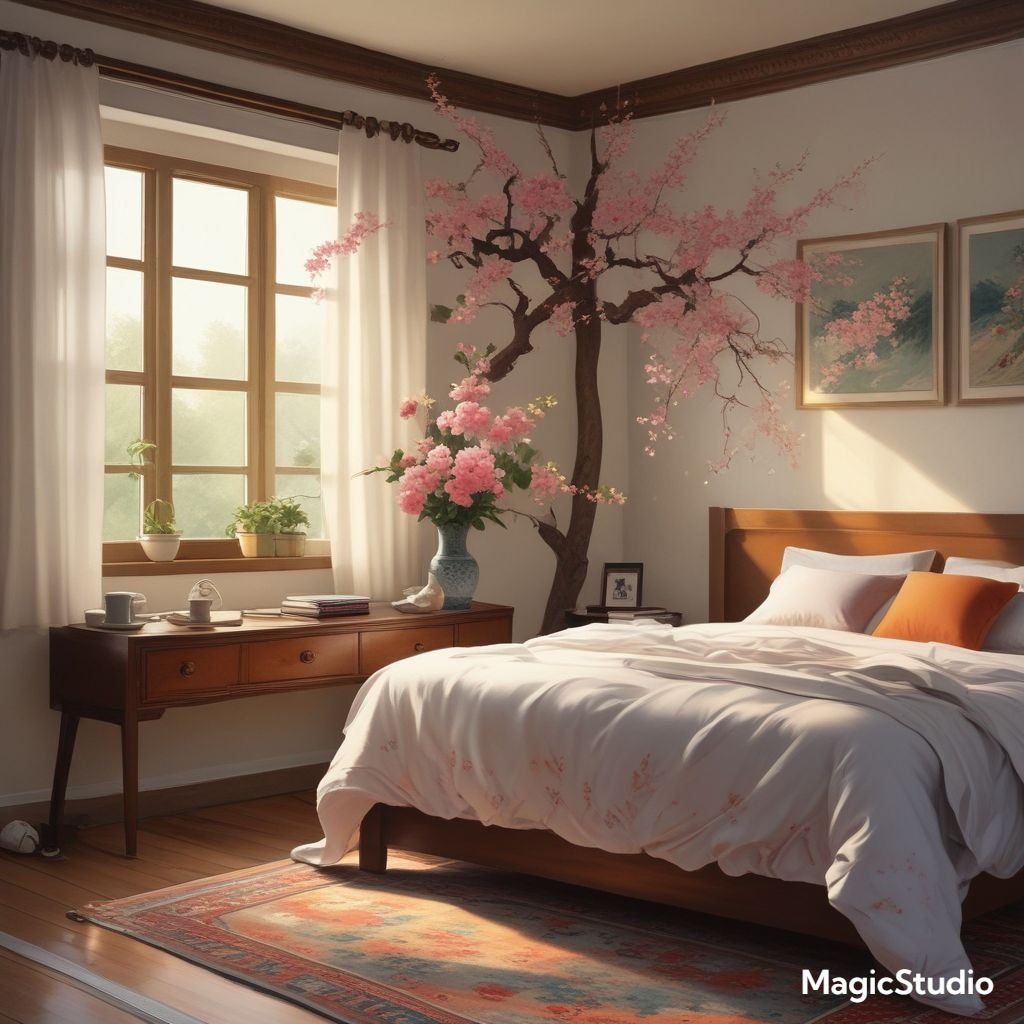
Geometric Patterns
Geometric patterns, a hallmark of contemporary design, are a versatile way to add visual interest and depth to Korean bedroom walls. Choose patterns that reflect Korean aesthetics, such as traditional Korean knot patterns or geometric designs inspired by hanbok, the traditional Korean clothing. These patterns can be incorporated through wallpaper, wall decals, or even through the use of geometric textiles for bedding and curtains. This approach reflects the growing trend towards geometric patterns in interior design, particularly in the US and EU.
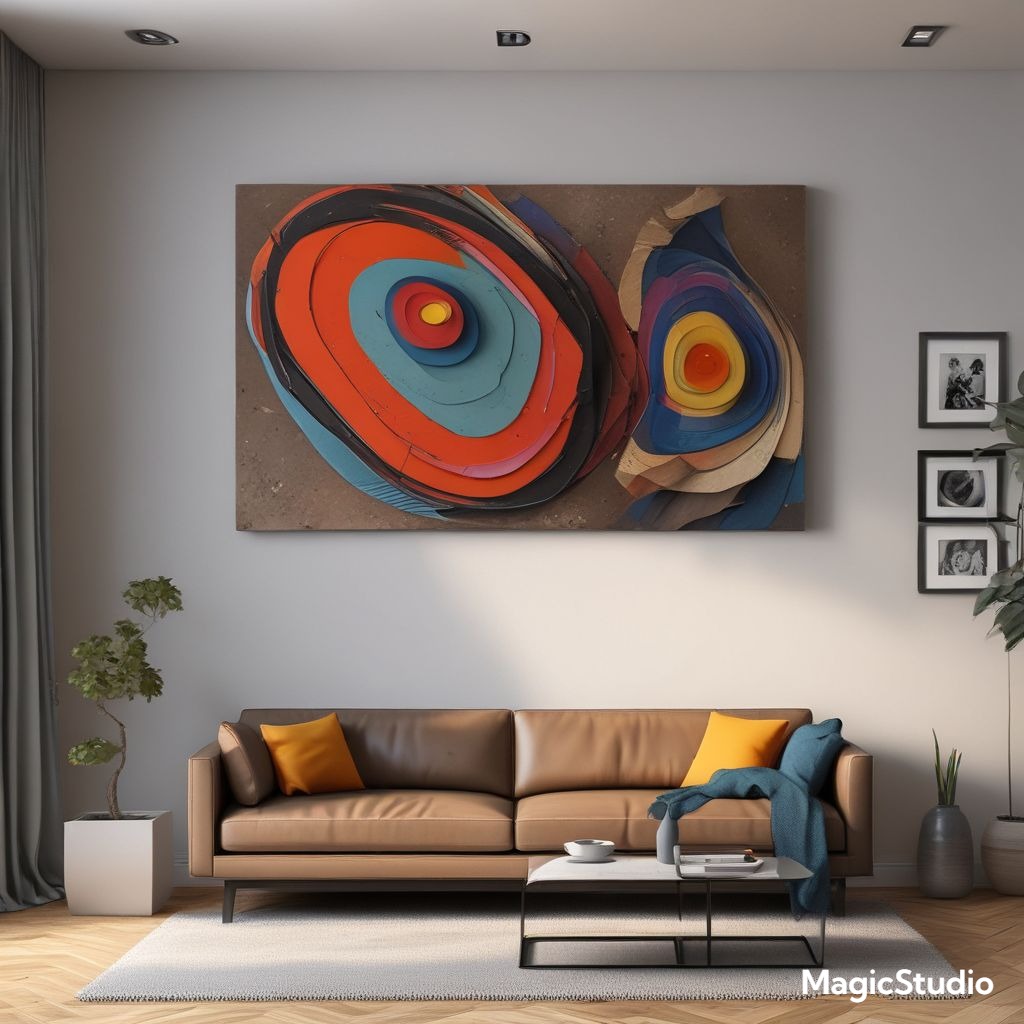
Hand-Painted Calligraphy
Introducing hand-painted calligraphy to the bedroom adds a touch of artistic expression and cultural significance. This practice, known as “seoye,” is deeply rooted in Korean culture and tradition. Choose meaningful phrases or poems in Korean or English, and seek out a calligrapher to create a unique and personalized piece of art for your bedroom. This approach is gaining popularity in the US and EU, as people increasingly seek personalized and meaningful additions to their homes.
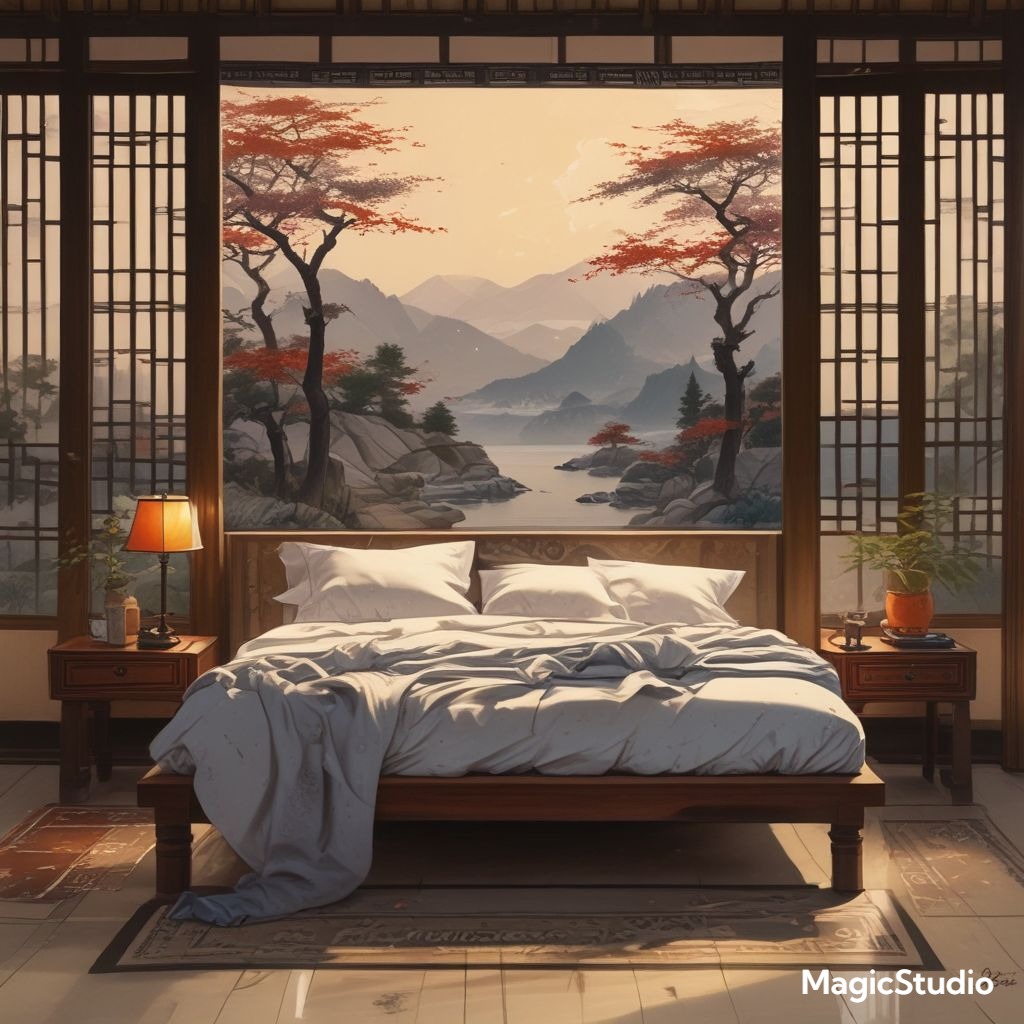
Traditional Korean Hanji Paper
Hanji, a traditional Korean paper made from mulberry bark, is known for its durability and subtle beauty. It can be used to create a variety of wall decor elements, from delicate screens to intricate wall hangings. The soft texture and natural color of hanji create a warm and inviting atmosphere, reflecting the traditional Korean appreciation for natural materials. This trend toward incorporating natural materials is becoming increasingly popular in both the US and EU.
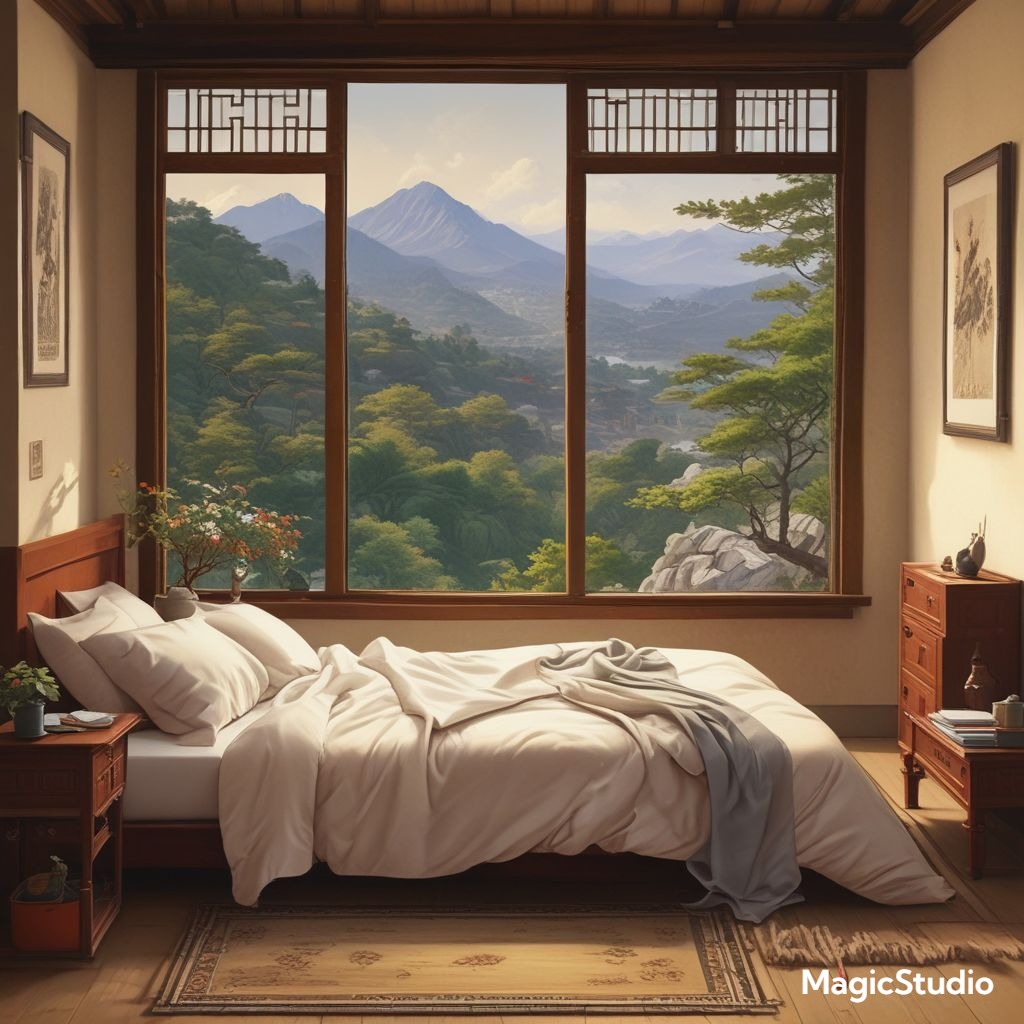
Vintage Korean Posters
Add a touch of vintage charm and cultural authenticity to your Korean bedroom with vintage Korean posters. These posters can depict traditional Korean scenes, iconic landmarks, or even vintage advertisements. They can be framed and displayed on the walls, or used to create a gallery wall with other Korean-themed artwork. This approach reflects the growing interest in vintage design and a desire to incorporate unique and authentic pieces into the home.
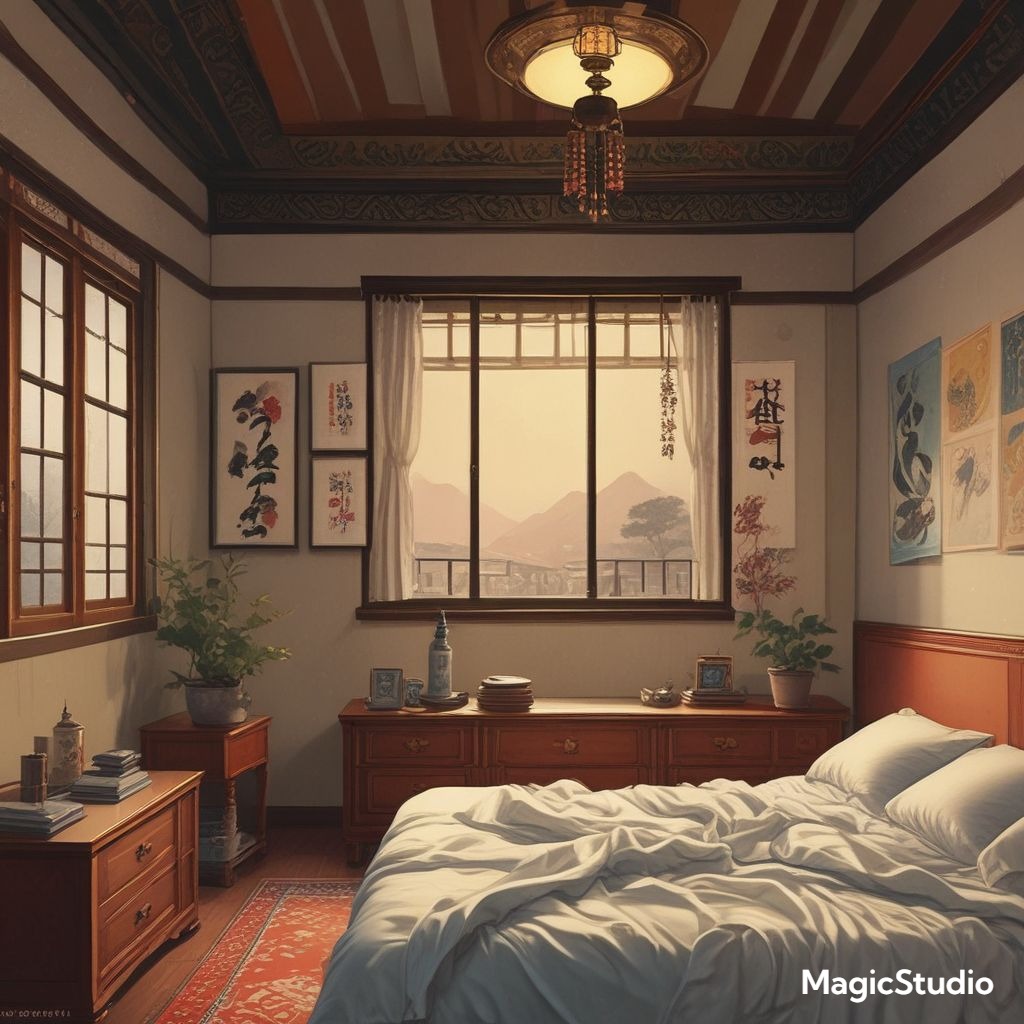
Woven Bamboo Wall Art
Woven bamboo wall art adds a touch of natural beauty and texture to the bedroom. This traditional Korean craft involves weaving thin strips of bamboo into intricate patterns, creating stunning works of art that can be displayed on the walls or incorporated into a larger gallery wall. This approach aligns with the trend towards incorporating natural materials and handmade crafts into the home, reflecting a desire for authenticity and sustainability.
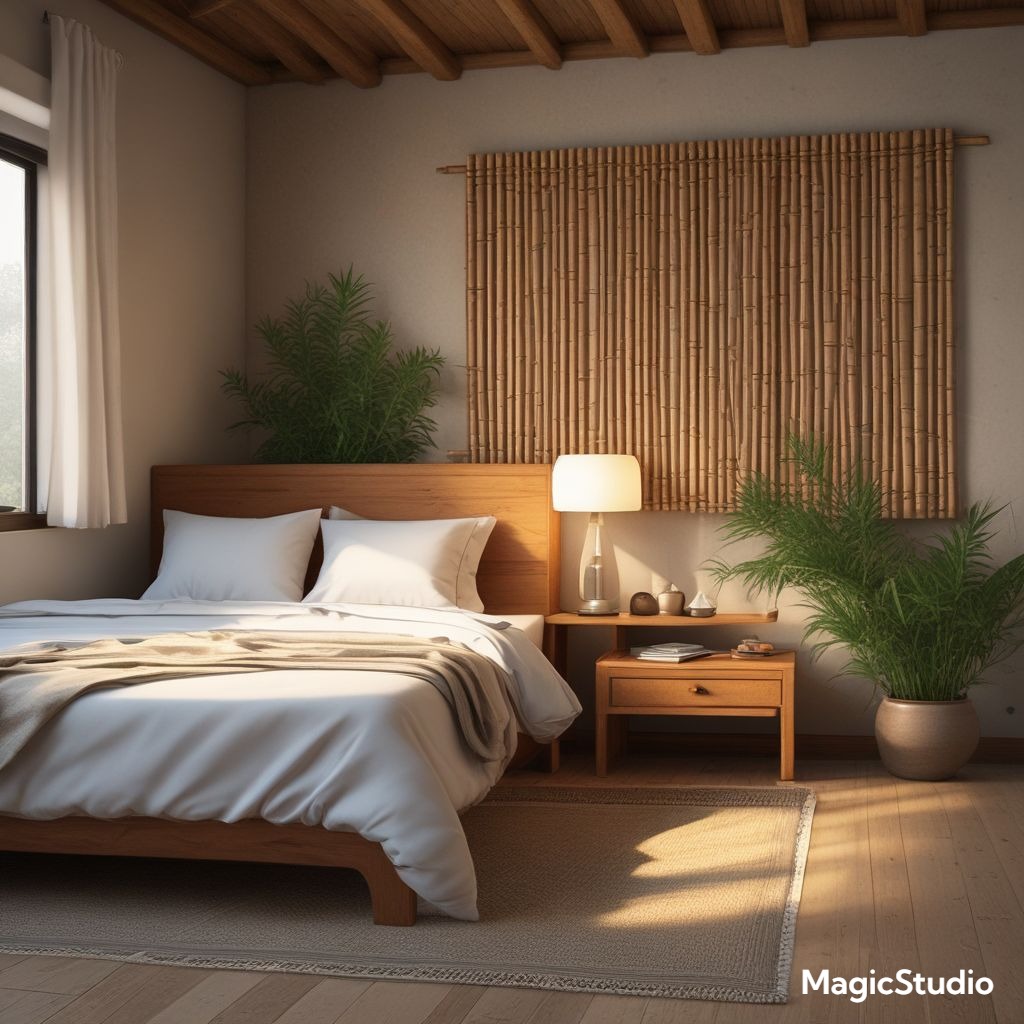
Ceramic Tiles
Ceramic tiles, a versatile and durable material, can be used to create a range of wall decor elements in a Korean bedroom. Traditional Korean tiles often feature intricate designs and patterns, while modern interpretations can incorporate geometric shapes and bold colors. These tiles can be used to create a decorative accent wall, a backsplash behind a headboard, or even as a unique frame for a mirror. This approach reflects the growing trend towards using tiles in creative and unexpected ways, particularly in the US and EU.
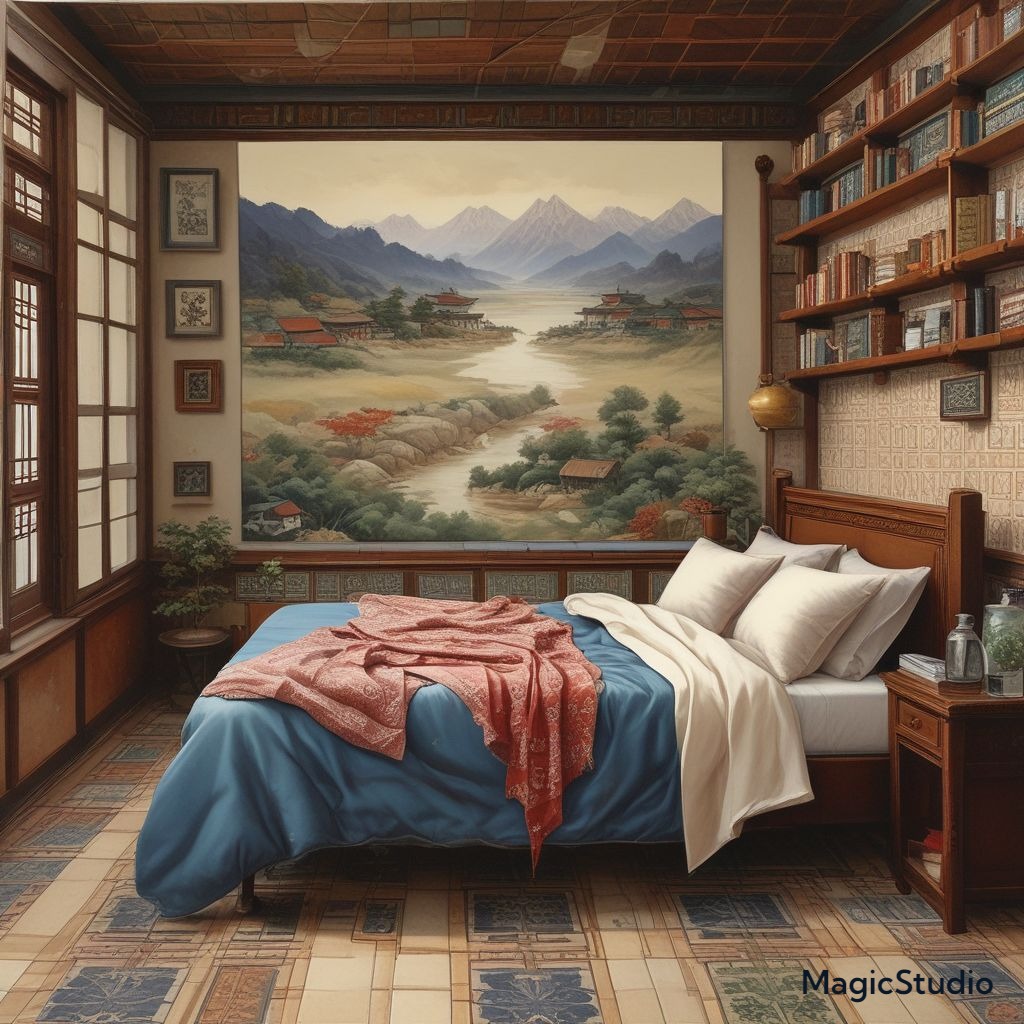
Embroidered Wall Hangings
Embroidered wall hangings, a traditional Korean art form, add a touch of handcrafted elegance to the bedroom. These hangings can feature intricate patterns, floral motifs, or even personalized designs. They can be displayed on the walls, draped over a headboard, or used to create a focal point in the room. This approach reflects the growing trend towards handcrafted and personalized items in the home, reflecting a desire for individuality and unique pieces.
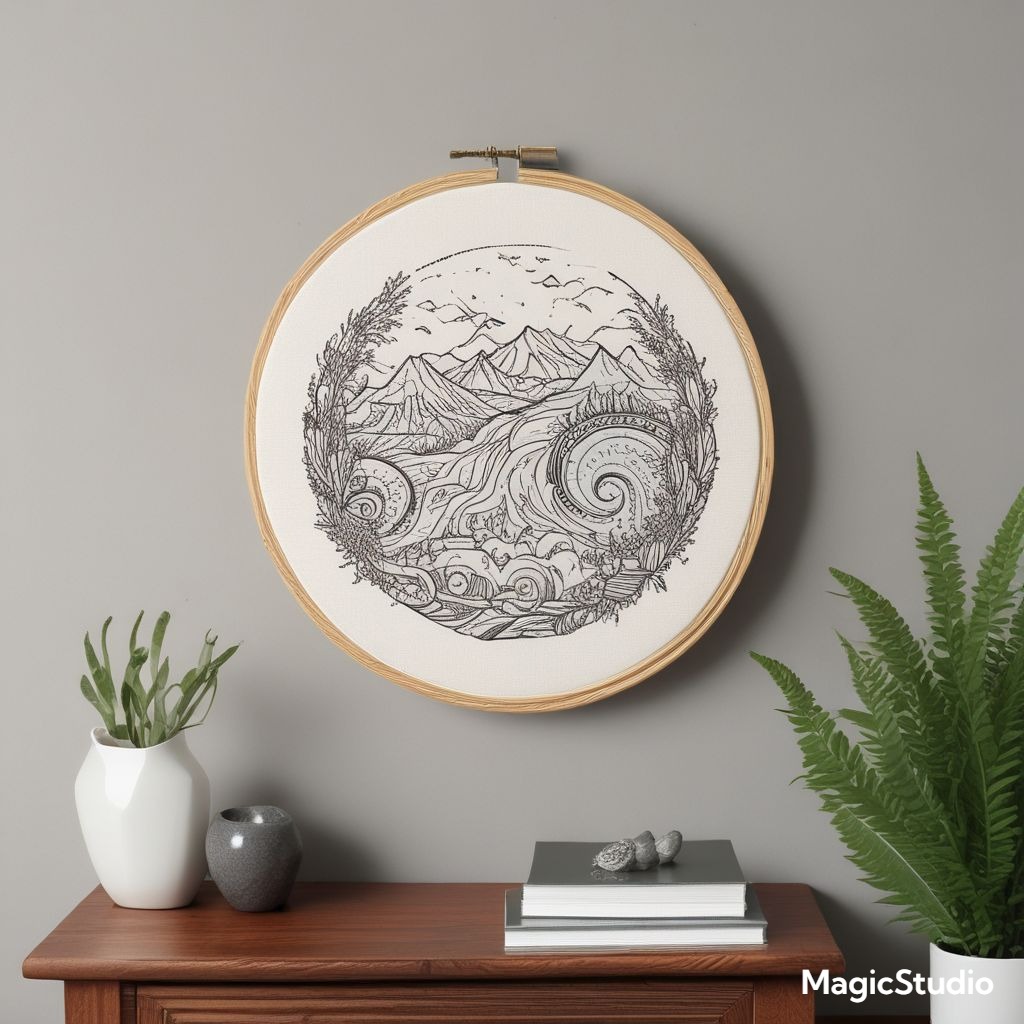
Korean Folk Art Prints
Incorporate Korean folk art prints to infuse your bedroom with vibrant colors and traditional patterns. These prints often depict scenes from Korean folklore, mythology, or everyday life. They can be framed and displayed on the walls, or used to create a gallery wall with other Korean-inspired artwork. This approach reflects the growing interest in folk art and its ability to add a touch of cultural authenticity and vibrancy to the home.
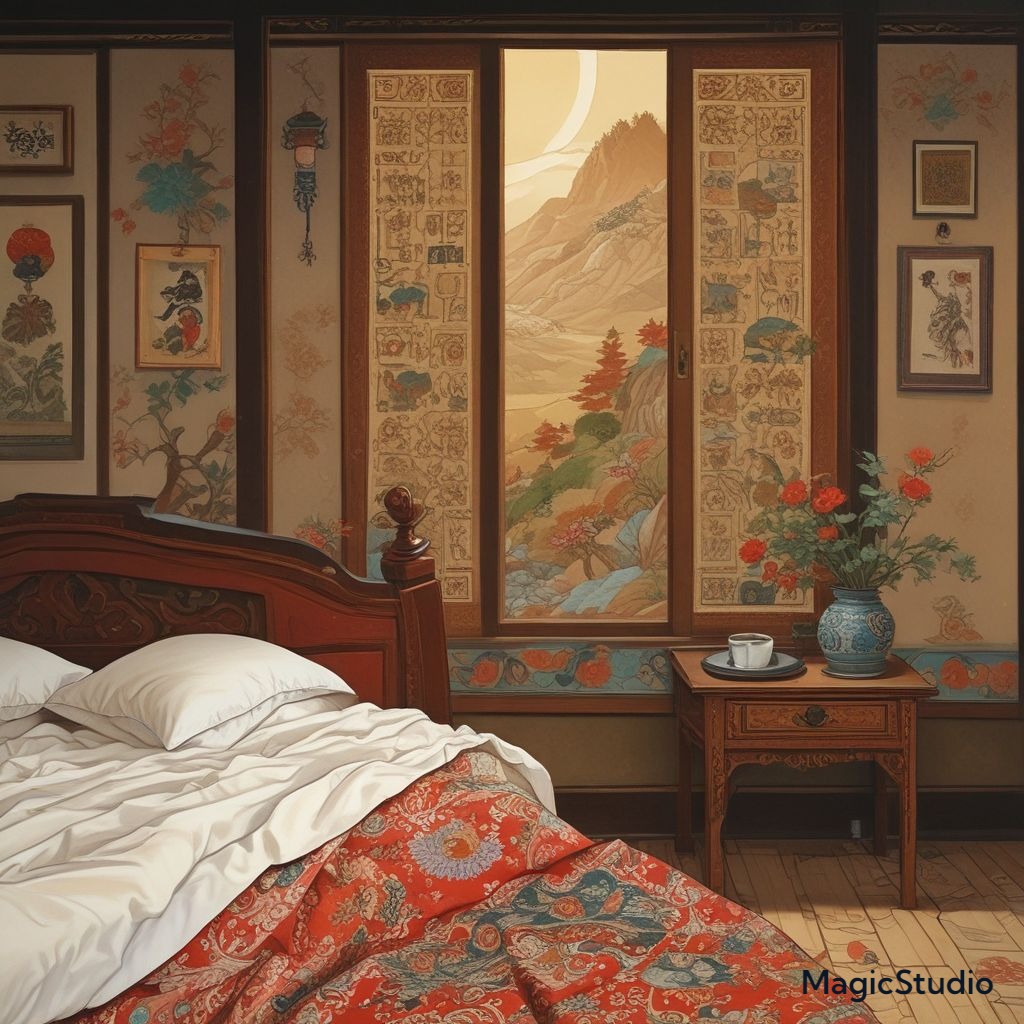
Modern Korean Landscape Photography
Bring the beauty of Korea into your bedroom with modern Korean landscape photography. These photographs, often captured by contemporary Korean photographers, showcase the breathtaking natural beauty of the Korean peninsula, from serene mountains to bustling cities. Choose a photograph that speaks to you and frame it prominently on the wall, creating a focal point for the room and a connection to Korean culture. This approach aligns with the growing trend towards showcasing landscape photography in the home, reflecting a desire for natural beauty and a connection to the world outside.
